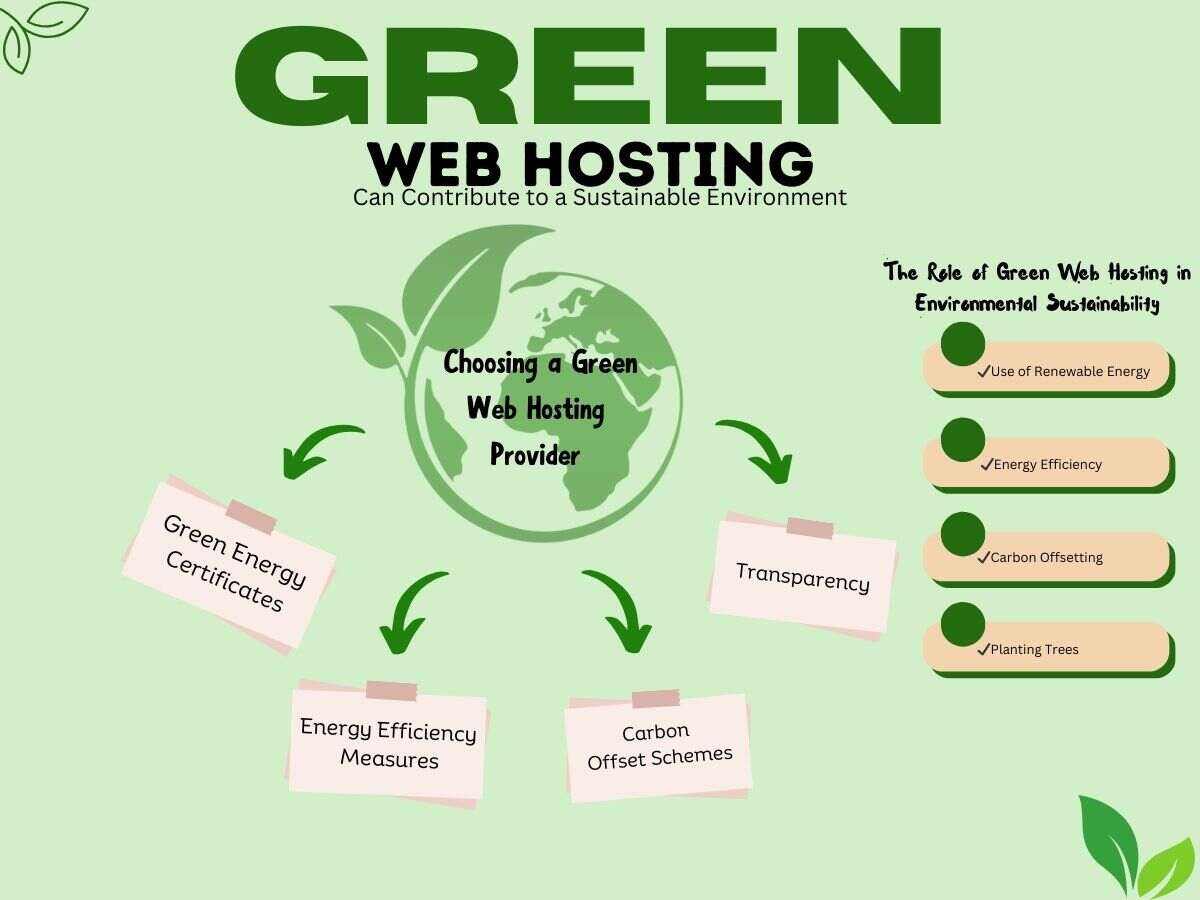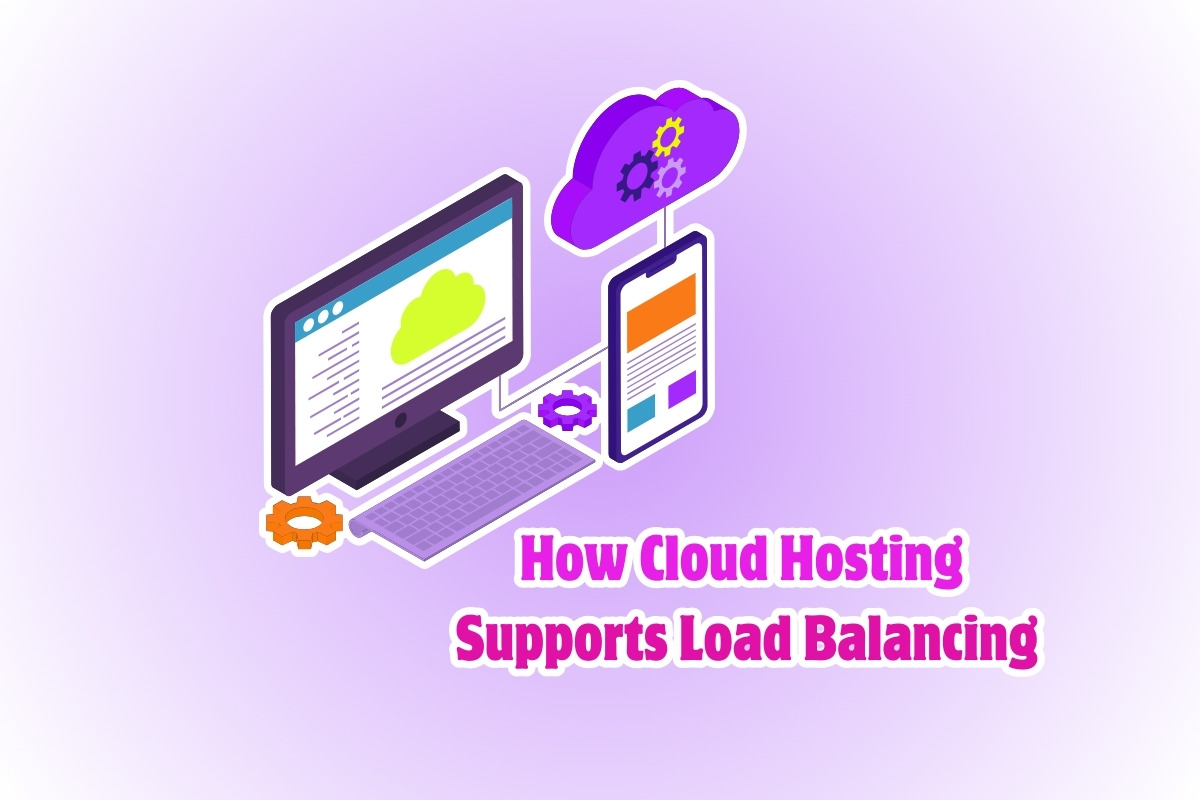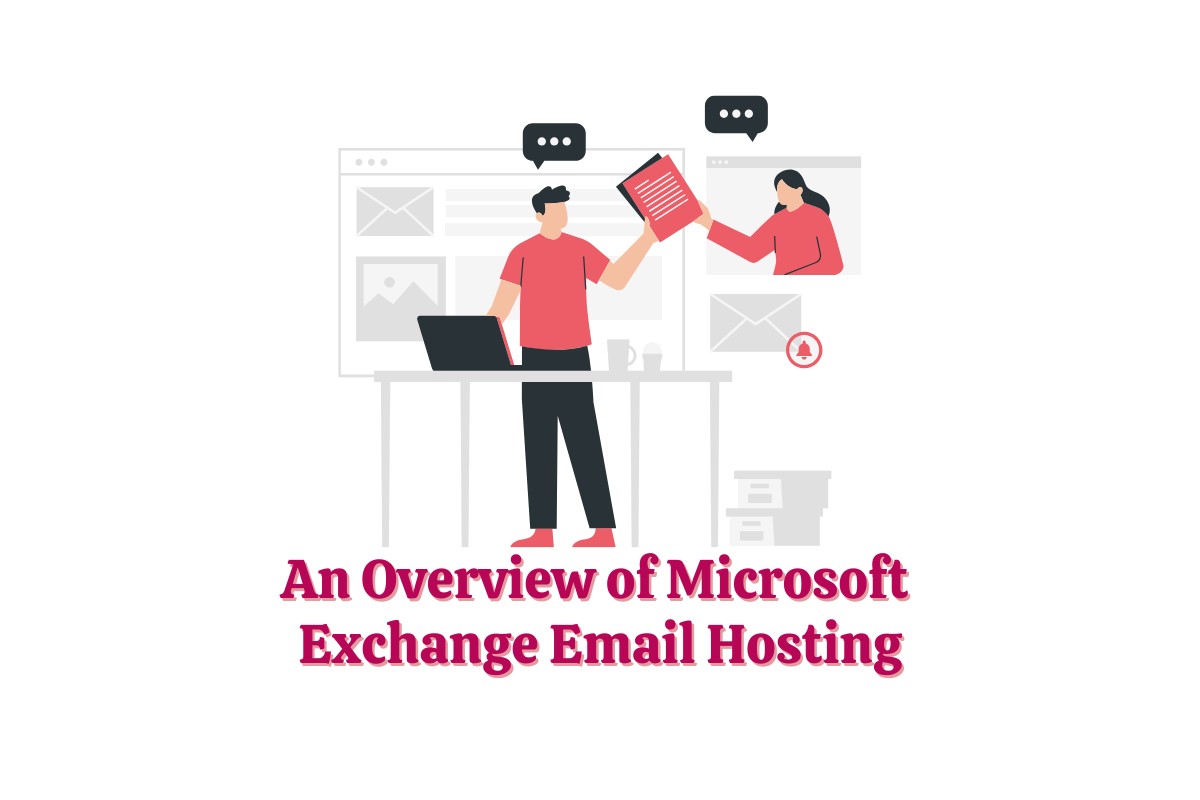
How Green Web Hosting Can Contribute to a Sustainable Environment
As we grow more conscious of our ecological footprint, businesses and individuals alike are seeking out more sustainable practices across all aspects of life—web hosting included. Green web hosting, an environmentally-friendly alternative to conventional web hosting, is making significant strides towards creating a sustainable internet. This article explores how green web hosting breakthroughs can reduce the digital world’s environmental impact and help create a more sustainable future.
Understanding Green Web Hosting
Green web hosting is a sustainable approach to serving websites, where the hosting provider aims to minimize environmental impact by using renewable energy sources, increasing energy efficiency, or purchasing carbon offset credits. These hosting providers take substantial steps to reduce carbon emissions produced by the servers that power the internet.
The Environmental Impact of Traditional Web Hosting
It might surprise some to learn that the internet’s environmental footprint is much larger than many realize. The communication technology industry (which includes data centers, internet infrastructure, and devices) consumes about 7% of the global electricity, rivaling the aviation industry. Furthermore, this sector is expected to account for 20% of the total electricity usage by 2030.
Data centers, critical components of web hosting, are the primary culprits. They require enormous amounts of electricity to power servers and maintain optimal temperatures to prevent overheating. Most of this power currently comes from non-renewable sources, contributing to greenhouse gas emissions and global warming.
The Role of Green Web Hosting in Environmental Sustainability
Unlike traditional hosting, green web hosting strategies strive to neutralize the environmental impact with various methods.
1. Use of Renewable Energy
Many green hosts power their data centers using renewable energy sources like solar or wind power, either by installing their own energy infrastructure or sourcing renewable energy from the grid.
2. Energy Efficiency
Green hosting providers often focus on using energy-efficient hardware that consumes less electricity. They employ advanced server cooling techniques and use energy-saving lighting in their data centers.
3. Carbon Offsetting
For those unable to use renewable energy or achieve 100% energy efficiency, carbon offsetting is a popular option. Hosts purchase carbon credits to offset their carbon emissions. Each credit represents the removal or reduction of one metric ton of carbon dioxide from the atmosphere.
4. Planting Trees
Some green web hosts engage in tree-planting initiatives to offset their carbon emissions further, given that trees absorb carbon dioxide, one of the main greenhouse gases.
Choosing a Green Web Hosting Provider
When choosing a green web hosting provider, consider the following:
1. **Green Energy Certificates**: Ensure the company has credible green energy certificates. Reputable certifications include EPA Green Power Partner and Renewable Energy Certificates (RECs).
2. **Energy Efficiency Measures**: Check what energy efficiency measures they have in place. Look for energy-efficient servers, advanced cooling methods, and energy-saving lighting.
3. **Carbon Offset Schemes**: If the provider relies on carbon offsets, investigate if they are purchasing valid carbon credits and from accredited organizations.
4. **Transparency**: The provider should be transparent about their green policies. They should clearly state how they minimize their environmental impact.
Popular Green Web Hosting Providers
Some of the well-known green web hosting providers include:
1. **GreenGeeks**: Proudly calling themselves the industry’s leading eco-friendly web hosting provider, GreenGeeks replaces the energy consumed from the grid with three times the amount in the form of renewable energy credits.
2. **A2 Hosting**: A partner of Carbonfund.org, A2 Hosting is carbon neutral since 2007. They also follow energy conservation practices in their data centers.
3. **HostPapa**: HostPapa powers its servers and office spaces with 100% renewable green energy. They’re also an EPA Green Power Partner.
Conclusion
As the internet continues to grow and evolve, integrating sustainability practices into web hosting is becoming increasingly important. By selecting a green web hosting provider, we can each contribute to minimizing the environmental impact of our online presence, and together, move a step closer to a more sustainable internet.







